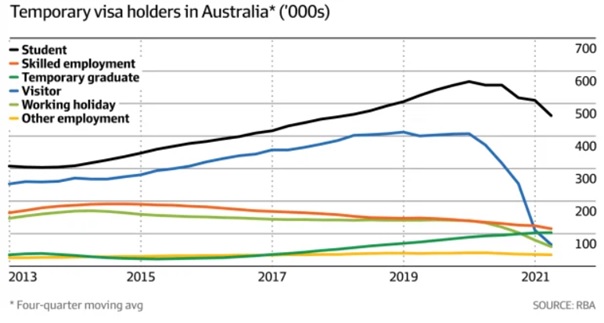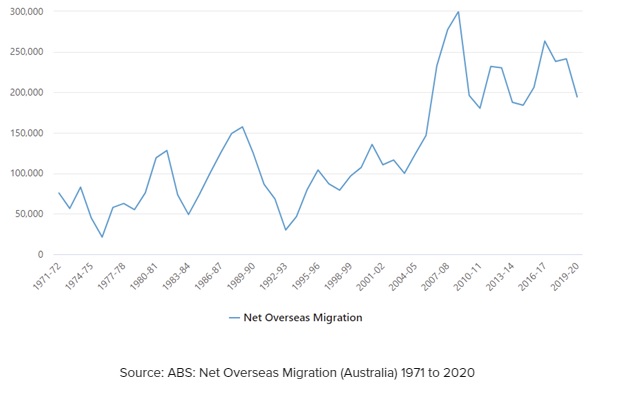The Australian Government has announced that the country's borders will be fully reopened on 21 February 2022. Is this a return to the pre-COVID normal?
Australia will reopen to all fully vaccinated visa holders, welcoming the return of tourists, business travellers, and other visitors from 21 February 2022. Those who are not vaccinated will be required to apply for a travel entry exemption and undertake quarantine if granted permission to enter the country.
The announcement by the Prime Minister created enormous excitement across a nation weary of enduring 2 years of isolation from the rest of the world. Tourism operators expect less risk-averse younger backpackers and students to swiftly return to Australia and fill jobs in sectors experiencing chronic worker shortages.
The news was also welcomed by the business community, which is experiencing significant shortages of skilled labour. The business community in Australia has seen strong competition for staff and falling unemployment result in the number of skilled job vacancies hitting a 13-year high in January.

Reserve Bank of Australia (RBA) analysis shows a significant decline in temporary visa holders in Australia during the pandemic. As the local economy has progressively re-opened following high vaccination levels, the absence of a foreign national workforce has significantly hampered business recovery, with many employers struggling to fill vacant roles from the local workforce.
It's important to note however that permanent migrants such as skilled and family visa holders typically exclude temporary tourists and students in the country for less than 12 months.

The Australian Government projects permanent migration to jump to 190,000 from 2023-24, to hit a net overseas migration target of 235,000 a year, which dipped into negative territory during the pandemic.
Declining immigration throughout 2020 and 2021 has dealt a significant blow to the Australian economy that has relied heavily on foreigners to drive labour force growth and demand, particularly in major cities. negative during the pandemic.
So, what's next?
In our view, the looming challenge facing the business community in Australia is the labour market impact of international borders and markets re-opening, particularly in the key global talent hub locations such as London, New York, Toronto, Singapore, Hong Kong and Shanghai.
The Australian skilled labour cohort repatriated home in large numbers as global markets entered protracted lockdowns in early 2020. This cohort has largely remained in Australia because of the travel restrictions imposed by the Australian Government, which have only recently been eased.
It remains to be seen how many of this Australian cohort decide to resume their career overseas as border restrictions ease and global markets begin to live with the COVID-19 virus.
The business community seems to be preparing for a large-scale exodus of skilled Australian labour to global locations and is relying on the skill shortage gaps to be filled with foreign workers. However, the government has said it will not use the reopening of the border to make up for lost ground in immigration levels, capping permanent arrivals at the pre-pandemic limit of 160,000 a year.
Does this scenario translate to a worsening of the skill shortage gap for Australian businesses?
The post-COVID working world has changed the game for business leaders. The business world is trying to interpret the longer-term impacts on the workforce and workplace wreaked by COVID-19.
Factors such as the explosion of interest in remote work and work-from-anywhere, the increased use of technology for talent to deliver outcomes, and importantly an increased focus of global talent on workplace wellness has contributed to large scale migration of talent, where skilled labour look to negotiate workplace arrangements aligned to their changed priorities. Extended periods of disruption to existing workplace arrangements, including working from home for many months, has enabled talent to assess their priorities for the future.
If business leaders are slow to respond to the evolving needs of their workforce, talent will explore their options in a market which provides them with more employment options than was the case in the pre-pandemic world.
Tapping into the use of skilled foreign talent will not be the solution many business leaders hope for. Now, more than ever, business leaders will need to understand the drivers behind the future of work, and importantly the role which immigration can play in attracting, retaining and incentivizing talent.
The content of this article is intended to provide a general guide to the subject matter. Specialist advice should be sought about your specific circumstances.

